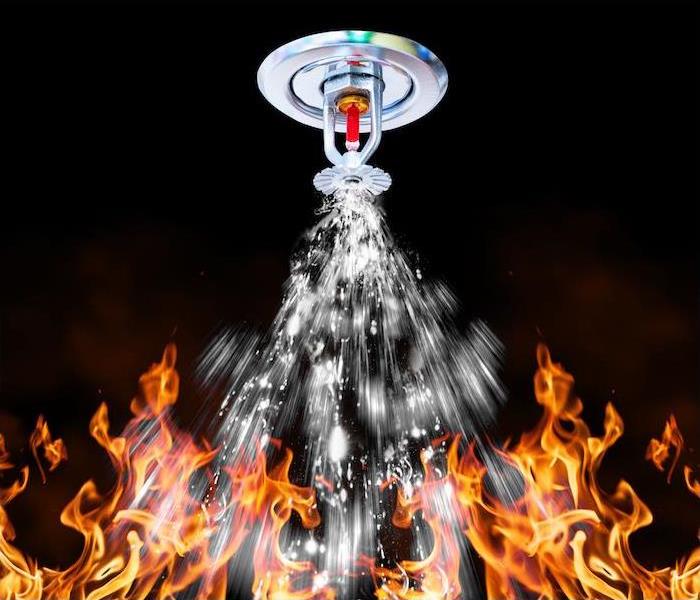Urban Fire Safety: Developing an Emergency Plan for Your Business
10/15/2024 (Permalink)
In bustling urban areas, fire safety is crucial for protecting both employees and assets. Businesses in larger cities face unique challenges due to their density and diverse environments. A well-structured emergency plan is essential for navigating these risks. Here’s how to create an effective fire safety strategy tailored to urban commercial properties.
Identifying Urban Hazards and Resources
The first step in crafting your fire safety plan is to conduct a comprehensive assessment of potential hazards within your urban business. Urban environments often have unique risks, such as nearby flammable materials, equipment, or high foot traffic areas that can exacerbate fire dangers. Inspect your premises to identify potential hazards, such as overloaded electrical outlets, cluttered exits, and improperly stored materials.
Next, evaluate your fire safety resources. Are fire extinguishers accessible and regularly inspected? Do you have functioning smoke detectors and sprinkler systems? Understanding the specific hazards of your urban setting, along with the resources available to you, will help you tailor your emergency plan effectively.
Establishing Efficient Evacuation Procedures
Once you’ve identified risks and resources, the next step is to create clear evacuation procedures. Designate primary and secondary escape routes that are easily identifiable and accessible for all employees, considering the unique layout of urban buildings. Make sure these routes are well-marked and free of obstacles that could hinder a swift evacuation.
Given the high-density nature of urban settings, consider the diverse needs of your workforce during an evacuation. Implement a buddy system to assist employees who may need extra help. Conduct regular drills to practice these procedures, ensuring that everyone is familiar with the escape routes and confident in their ability to respond.
Fostering a Culture of Training and Communication
An integral part of your fire safety plan is ongoing training and open communication. Schedule regular training sessions that focus on fire prevention strategies, the proper use of fire extinguishers, and emergency reporting protocols. An educated workforce is your strongest asset in mitigating risks and responding effectively to emergencies.
Additionally, establish clear communication channels for employees to report potential hazards or safety concerns. Encourage a culture of vigilance where everyone feels empowered to voice their observations. Proactive communication can help identify and address fire risks before they escalate.
Developing a fire safety plan tailored for your urban business is essential for ensuring the safety of your employees and protecting your assets from the devastating impacts of fire. By identifying hazards, establishing efficient evacuation procedures, and fostering a culture of training and communication, you can create a safer environment within your organization.

 24/7 Emergency Service
24/7 Emergency Service
